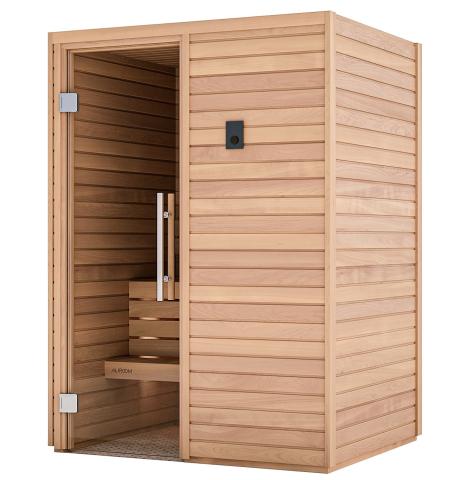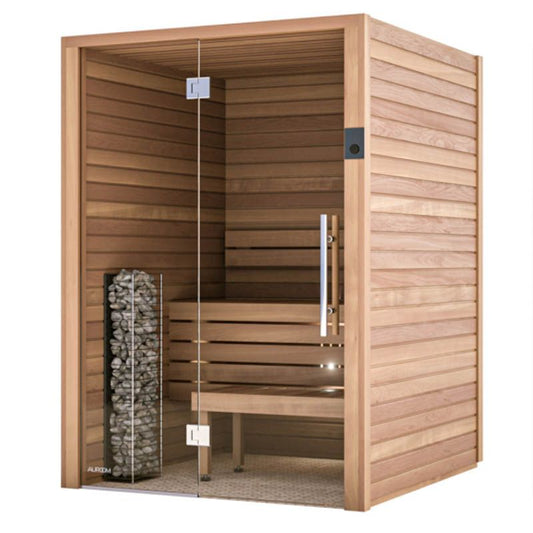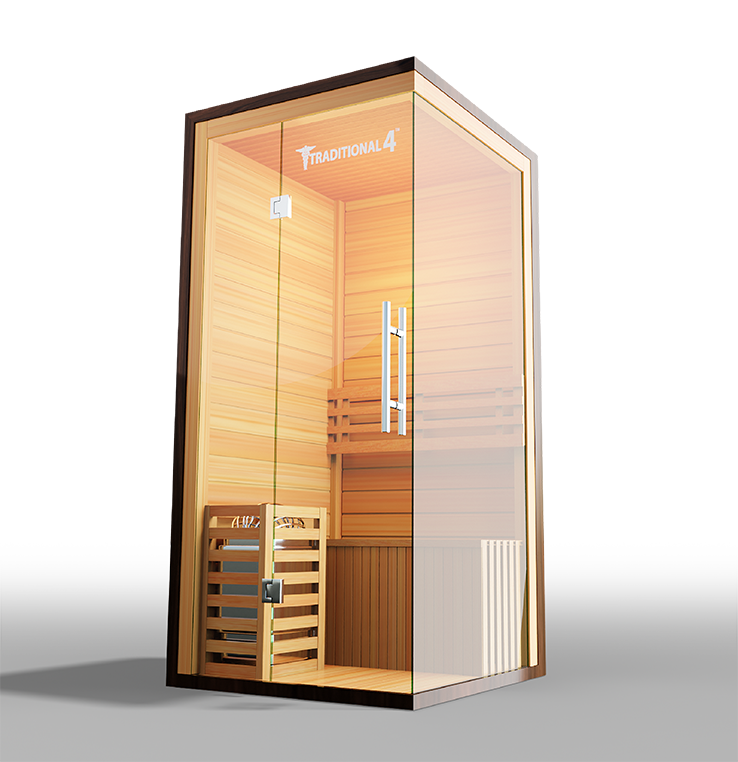The 5-Minute Rule for Traditional Sauna
The 5-Minute Rule for Traditional Sauna
Blog Article
Not known Details About Traditional Sauna
Table of ContentsThe Best Strategy To Use For Traditional SaunaThe Definitive Guide for Traditional SaunaThe Traditional Sauna DiariesThe smart Trick of Traditional Sauna That Nobody is DiscussingThe Ultimate Guide To Traditional Sauna
The majority of the weight shed in a sauna is water loss and is re-gained upon rehydrating. Nonetheless, without a question sauna can be an integral part of a healthy fat burning program. To look at the differences between traditional and IR saunas, I will certainly separate these right into verifiable, academic, and produced differences.Hence, the most popular factor in the saunawhich is at the ceiling straight over the sauna heateris normally in between 185 and 190 F. Claims that a standard sauna surpasses 200 F is simply not real and not relevant for electric saunas marketed in the United States. The temperature level for a far-infrared sauna is typically set in between 120 and 140 F; nevertheless, unlike the traditional sauna, the objective in and IR room is not to attain a high temperature.
As a result of this, the temperature difference is nearly unimportant, because extreme sweating leads to both sauna kinds, yet the method of heating up the body is various. In an IR sauna the bather will certainly really feel warm and will certainly sweat a lot, but at much reduced temperature levels (Traditional Sauna). Hence, if the goal is to invest longer durations of time in the sauna, the IR sauna is a good option
When a typical sauna has been appropriately heated up, the sauna wall surfaces are cozy, the air temperature level has accomplished established temperature level and the rocks are extremely heated. As an interesting side note, the heated walls and the rocks are releasing far-infrared warmth, combined with the warmed air, to develop an "enveloping heat".
All about Traditional Sauna

When the high temperature is achieved, the elements cycle on and off to keep the heat. A lot of conventional sauna customers appreciate putting water over the rocks to produce steam to elevate sauna humidity levels. The advantages of pouring water over the rocks include: making the room a lot more comfy, moistening the nasal flows, and enabling the use of aromatherapy by mixing necessary oils with the water.

When the power goes into the body, it creates the body temperature level to raise and eventually causes sweating. In an infrared sauna it is necessary for the emitters/heaters to continue to be on almost constantly. Given that there is no mass of rocks to keep warmth, the sauna will cool down if the emitters turned off.
As stated above, the sauna bather in an infrared space desires to position himself in front of operating emitters to get optimal advantage from the heat. The home heating time for both rooms can be extremely various, relying on exactly how the spaces are made use of. For a standard sauna, a bather should enable 30-40 mins for the area to achieve a preferred temperature level and to appropriately pre-heat the rocks.
Some Known Questions About Traditional Sauna.
A well constructed sauna will commonly attain a temperature of 150-160 F in about 30-40 minutes. For hotter temperatures, the space may need to heat for a longer period. Once the space attains established temperature, the heating unit will certainly cycle find on and off, typically running concerning 50% of the moment. The protected wall surfaces and the warmed rocks will certainly keep the area hot and at secure temperatures.

Standard saunas tend to be bigger (hence utilize more electricity) than infrared saunas, although typical saunas are certainly offered in one and 2 individual sizes. For a two-person typical sauna, 5x6 or 5x7 size is most prominent. The leading bench can comfortably seat 2 or three individuals and is also long sufficient to exist down during the sauna session.
Traditional Sauna - The Facts
The average expense per kWH of power in the united state is approximately $0.11, so a 4.5 kW heating system will cost roughly $.50 to run for one hour, if the heater runs constantly for one hour. Commonly a sauna heater will run for 75% of the first hour and 50% of subsequent hours on because the elements cycle once the set temperature is achieved.

There go now is a hardly ever discussed difference in the social experience in between the look at this now two spaces. While our culture has actually shed some of the social benefit of the traditional sauna experience, it can be very socially gratifying (Traditional Sauna). From family time in the sauna, to heart-felt discussions with loved ones, to sauna partiesthe conventional sauna experience can bring about intimate mingling
The Best Guide To Traditional Sauna
A lot of greater end infrared areas include colored light therapy, noise systems and full-glass fronts.
Report this page